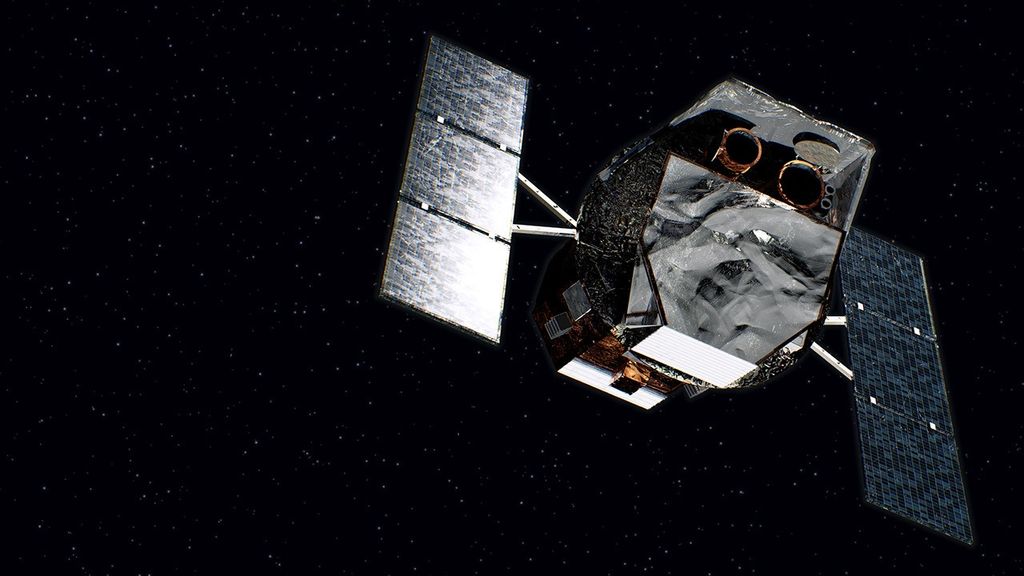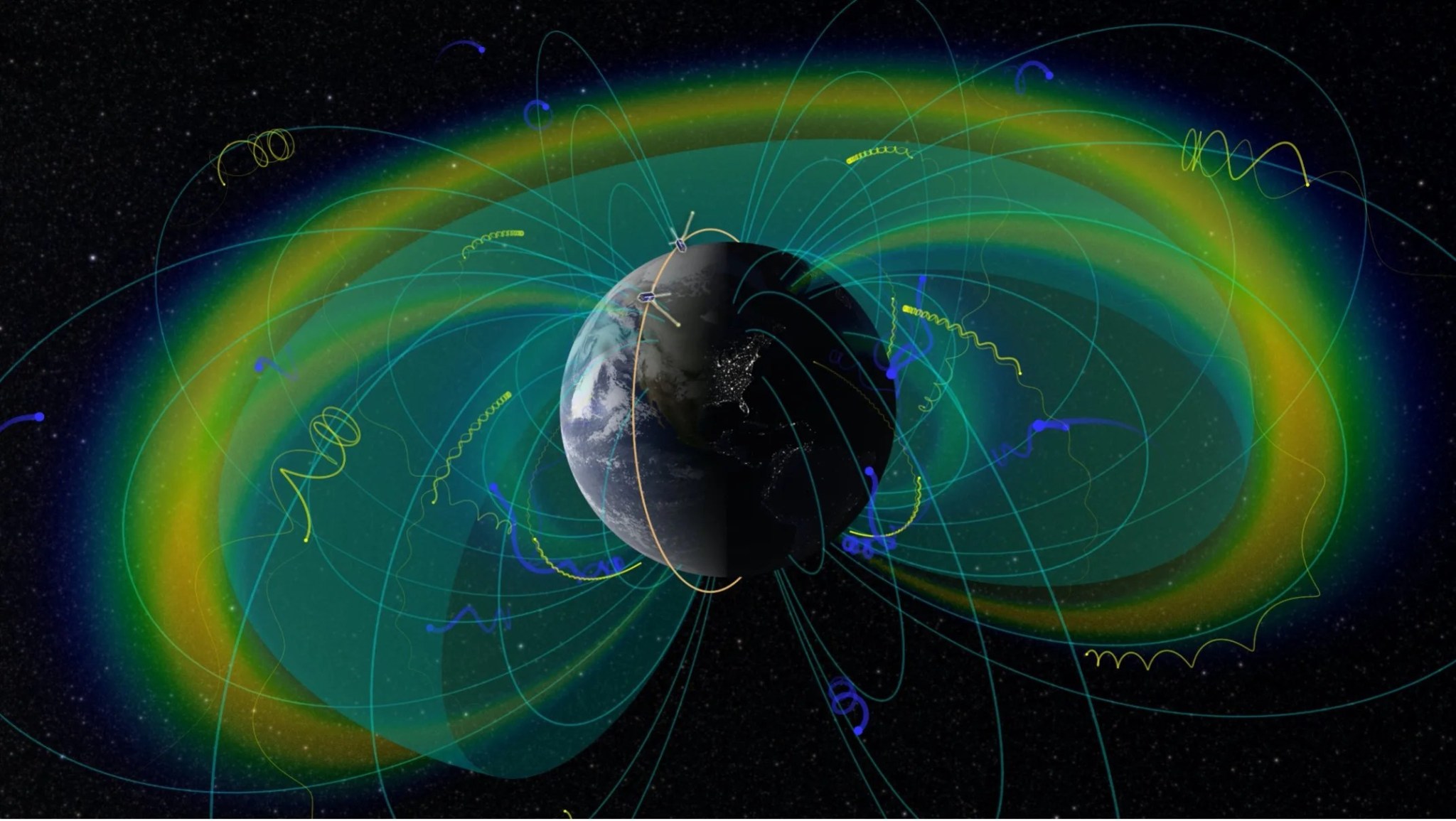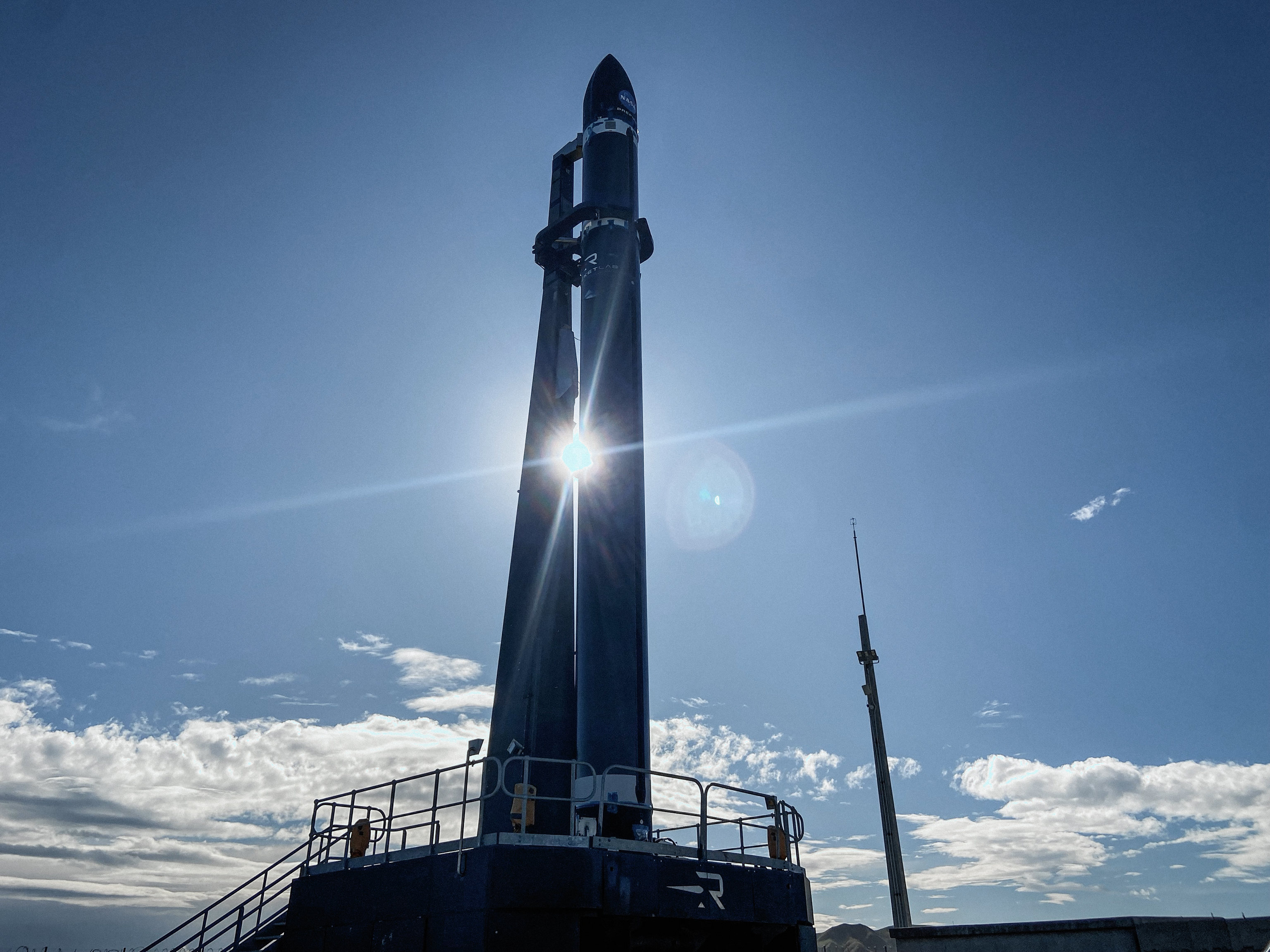ELFIN
ELFIN
Type
Launch
Target
Objective
The Electron Losses and Fields Investigation, or ELFIN, studies one of the processes that allows energetic electrons to escape the Van Allen Belts and fall into Earth.
When magnetic storms form in near-Earth space, they create waves that jiggle Earth’s magnetic field lines, kicking electrons out of the Van Allen Belts and down into our atmosphere. ELFIN aims to be the first to simultaneously observe this electron precipitation while also verifying the causal mechanism, measuring the magnetic waves and the resulting “lost” electrons. Funded by NASA, The National Science Foundation, and industry partners, ELFIN is a CubeSat mission. CubeSats are small and lightweight satellites, measured in standardized 10-by-10-by-10 cubic centimeter units, that are comparatively quick to develop and come with a price tag at a fraction of larger satellite missions. ELFIN uses two identical 3U, or 3 cubic unit, CubeSats — both about the size of a loaf of bread. By using two satellites instead of one, ELFIN can measure how the precipitated electrons vary across space and time. Designed, built, and tested by a team of 250 UCLA students over five years, ELFIN is the first satellite developed, managed and operated entirely by UCLA. A key advantage of CubeSats is that they allow an inexpensive means to engage students in all phases of satellite development, operation and exploitation through real-world, hands-on research and development experience.
Small satellites, including CubeSats, are playing an increasingly larger role in exploration, technology demonstration, scientific research, and educational investigations at NASA. These miniature satellites provide a low-cost platform for NASA missions, including planetary space exploration; Earth observations; fundamental Earth and space science; and developing precursor science instruments like cutting-edge laser communications, satellite-to-satellite communications, and autonomous movement capabilities.
ELFIN is operating in the phase minimum solar activity, and a nominal mission lifetime of six months would allow ELFIN to observe two geomagnetic storms based on the current best predictive models of solar activity. However, in order to allow for further insight into seasonal variations in the magnetosphere, demonstrate the reliability of spacecraft components, and provide a large margin to ensure mission success, ELFIN is designed for a lifetime of many years, projected until 2024.
Top of Page | Back to Missions


































